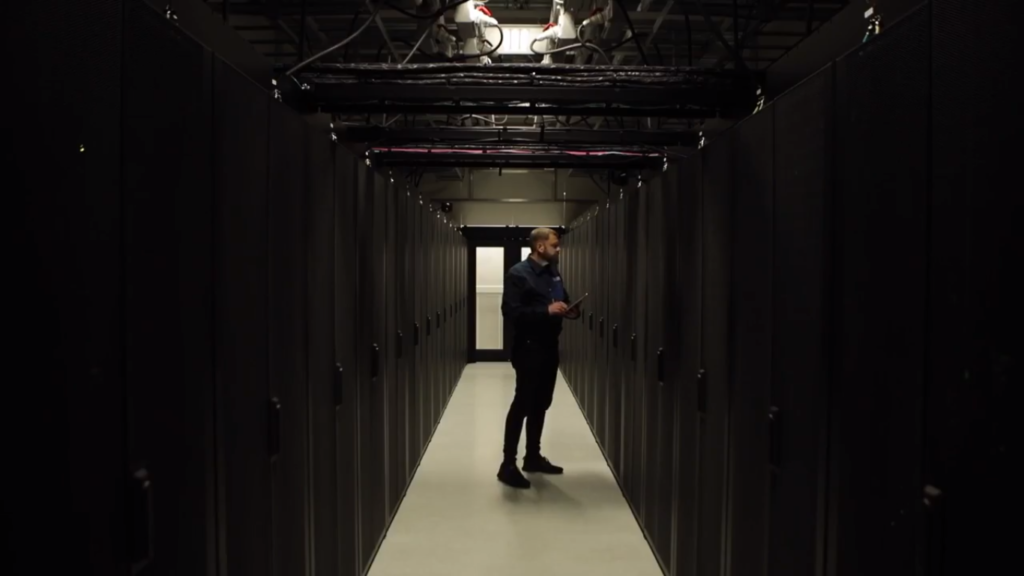From Iceland, HPC-as-a-Service Finds Toehold in FinServ, Automotive, Scientific R&D

While high-demand workloads (e.g., bitcoin mining) can overheat data center cooling capabilities, at least one data center infrastructure provider has announced an HPC-as-a-service offering that features 100 percent free and zero-carbon cooling.
Verne Global, a company seemingly intent on converting Iceland into a gigantic, renewably powered data center facility, has announce hpcDIRECT, a scalable, bare metal service designed to support power-intensive high performance computing applications. Finding initial markets in the financial services, manufacturing (particularly automotive) and scientific research verticals, hpcDIRECT is powered by the island country’s abundant supply of hydroelectric, geothermal and, to a lesser degree, wind energy that the company says delivers 60 percent savings on power costs.
The launch follows Verne’s a late-October announcement that it had completed a 12.4-Tbps upgrade to the Greenland Connect subsea cable system with three 100-Gpbs connection to New York, lowering latency and delivering, according to Verne, up to 90 percent lower network costs.
hpcDIRECT is a response to customers who “want to consume their HPC in both the traditional sense, where we provide them with colocation capability, power space cooling – the traditional method a data center operator provides services to a customer – and then also to provide a next layer in the technology stack…the hardware and the orchestration of that hardware,” Dominic Ward, managing director at Verne, told EnterpriseTech.
He said hpcDIRECT is available with no upfront charges and can be provisioned to customers’ size and configuration requirements. hpcDIRECT clusters are built using updated architectures available, including Intel’s Xeon (Skylake) processors, and intercore connectivity using Mellanox Infiniband and Ethernet networks.
“By leveraging low-cost, reliable, and 100 percent renewable power at its Keflavik campus, the company holds a rather unique position compared to other providers in the industry that offer services similar to hpcDIRECT,” said Teddy Miller, associate analyst at industry watcher 451 Research. “Verne Global’s new product will appeal particularly to enterprises with corporate sustainability mandates or initiatives. The recent completion of an upgrade to Tele Greenland’s Greenland Connect subsea cable system should also significantly lower latency and network costs between the Keflavik campus and New York City. Verne Global may be small compared to other players in the space, but what it offers its customers is cheap, green and increasingly well-connected.”
Verne said hpcDIRECT is accessible via a range of options, from incremental additions to augment existing high performance computing, to supporting massive processing requirements with petaflops of compute. “This flexibility makes it an ideal solution for applications such as computer-aided engineering, genomic sequencing, molecular modelling, grid computing, artificial intelligence and machine learning” the company said.
Demand drivers in financial services for colocation data center services begin with the industry’s movement to reducing capex expenditures on the balance sheet and toward more efficient opex alternatives. Ward said banks and hedge fund companies typically run compute-intensive inter- and intra-day risk applications, “they often have a core level of compute that they want to augment with a more flexible and scalable solution.”
In the automotive sector, companies typically have CFD and crash simulation software running at high utilization 24/7/365. A service like hpcDIRECT, Ward said, “enables them to increment the compute resource they have for high performance applications on a steady basis.” This avoids time consuming and costly procurement cycles, he said. “We’re able to provide them an augmentation, or a complete replacement, for (their high-performance) resources and step into the demand profile that fits their compute demands.”











